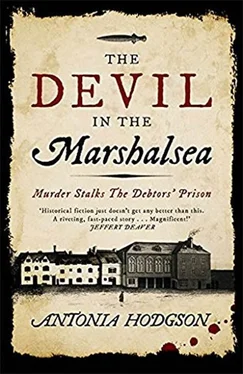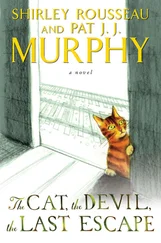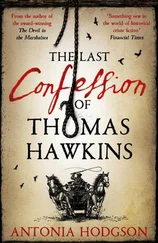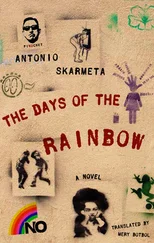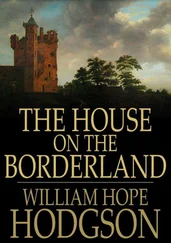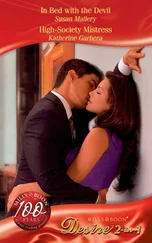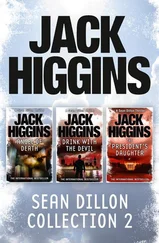Real people in the novel
Many of the characters in the novel are based (to a greater or lesser degree) on real people, living and working in the Marshalsea and around the Borough in 1727. Much of this information was drawn from the prison diary of John Grano, a debtor in the Marshalsea between 1728 and 1729.
I’m indebted to John Ginger who, as well as editing Grano’s diary, compiled a biographical list of prisoners, trusties and key characters in the Borough. Many of the biographical details listed here come from that source.
William Acton
Former butcher. A turnkey in the Marshalsea from at least the early 1720s. Chief turnkey from 1726 and deputy warden from March 1727. Married to Mary Acton, whose father James Wilson was a painter and formerly a prisoner on the Common Side. William and Mary had one son, Henry, born December 1724. In August 1729 Acton was put on trial for the murder of four prisoners. (We would have called it manslaughter – the prisoners had either been beaten or treated so badly that they had died of their wounds or related illness.) Acton was found not guilty – but his reputation was severely damaged once the truth about his brutal regime became known around the Borough. He left the prison shortly after and ran a pub called the Greyhound until his death in 1748. He left a decent fortune to his wife and only son.
Captain Ralph Anderson
In prison on the Common Side. He makes a brief appearance in Grano’s diary and there is a reference to an Anderson starting a riot in 1729 – according to Grano he attacked Acton with a knife.
Betty
A young black woman called Betty worked at Moll’s and appears in sketches of the coffeehouse. Betty was often used as a generic name for a young maidservant, so this was probably not her real name.
Sarah Bradshaw
Owned the coffeehouse in the Marshalsea. A prisoner from August 1721 owing £50. Voluntary resident from 1729.
Henry Chapman
Barman or ‘tapster’ in the Marshalsea from 1724. Voluntary after 1729. Owed £110, which seems a lot for a former ‘slop seller of St Giles’. (Slop sellers were merchants of work clothes, such as butcher’s aprons.) He was a witness for the defence in Acton’s trial.
Joseph Cross
Turnkey and former bricklayer of Wardour Street. One of Acton’s trusties.
The ‘Ghost’
This was inspired by a story in the Gaols Committee of a ghost that appeared to a prisoner held in the Strong Room of the Fleet prison. It was even illustrated in the report, alongside drawings of instruments of torture and starving prisoners in the sick wards.
Edward Gilbourne
Gilbourne was deputy prothonotary of the Marshalsea Court. He wrote the order stripping Matthew Pugh of his position as steward and banning him from the prison (quoted verbatim in the novel). In the Gaols Committee report (which includes Gilbourne’s note as an appendix), Acton claimed it was Gilbourne who told him to take the charity cabinet. Gilbourne denied this. Pugh mentions Gilbourne again in a broadside of 1729 as a corrupt man who should be brought to justice. An Edward Gilbourne bought a house in Kensington in 1735, and there’s a will at the National Archives for an Edward Gilbourne of Kensington who died in 1756.
John Grace
Briefly mentioned by Grano. The Committee report confirms that he helped tear down the charity cabinet and was imposed as steward until Acton abolished the post. Witness for the defence at Acton’s trial.
Gilbert Hand
Known as ‘the Ranger of the Park’, Hand was an Acton trusty but also ran errands for prisoners. Previously a farmer.
Jenings
Jenings, the watchman, was the only one of Acton’s trusties who spoke out against him at the trial.
Moll King
Moll was an infamous figure who managed to dodge the law most of her life. With her husband Tom she ran the most notorious coffeehouse in London (and there were about six hundred of these). The coffeehouse features in several satirical prints and paintings of the Covent Garden piazza including Hogarth’s Morning . When Tom King died the coffeehouse changed its name to Moll King’s. It was a real den of iniquity, rowdy, open all night and prone to rioting. Moll did end up in prison for a short spell later in life, but she died rich, with property in Hampstead, and passed the coffeehouse on to her son William.
Richard ‘Mack’ McDonnell and wife (first name unknown)
They ran the chophouse, the memorably named Titty Doll’s. Mack was an Irish painter living in St Giles before ending up in prison in 1726, owing £46.
Sir Philip and Lady Dorothy Meadows
Sir Philip was Knight Marshal and ultimately responsible for the Marshalsea. It has been argued that one of the reasons Acton was found not guilty at his murder trial was because it would have reflected badly upon Sir Philip and by extension the court and the government. (Sir Philip had turned a blind eye to the illegal subletting of the position of keeper from Darby, the old governor, to Acton.) His daughter Mary was a lady-in-waiting to Queen Caroline, the wife of George II.
Madame Mary Migault
Mary Migault (née Valence) was a widow and had been in prison since June 1727. She had several run ins with John Grano.
Matthew Pugh
The old Common Side steward continued to seek justice for prisoners after Acton’s trial collapsed. In a world that shrugged its shoulders over corruption and inequality, Pugh fought valiantly for justice – but sadly to no avail.
Trim
Not much is known about Trim except that he was a prisoner and acted as the Master’s Side barber.
Nehemiah Whittaker the baker and Stephen Siddall the apothecary were working in the Borough at the time.
Select Bibliography
This is a small selection of works I found particularly useful – and fascinating – during my research. Hogarth’s pictures were also an immeasurably valuable resource in terms of clothes , household objects, street scenes and, well… everything.
If I had to recommend just one book from this list I would suggest Lord Hervey’s memoirs. Hours of malicious, scandalous fun. But I don’t have to, so would recommend them all.
Contemporary sources
– , A Report from the Committee Appointed to Enquire into the State of the Gaols of this Kingdom. With the Resolutions and Orders of the House of Commons thereupon , 1729.
– , The Tryal of William Acton, Friday 1 and Saturday 2 August 1729
Defoe, Daniel, A Tour through the Whole Island of Great Britain
Ginger, John (ed.), Handel’s Trumpeter – The Diary of John Grano, 1728-9
Mudge, Bradford K. (ed.), When Flesh Becomes Word: An Anthology of Early Eighteenth-Century Libertine Literature
de Saussure, César, A Foreign View of England in the Reigns of George I & George II
Sedgwick, Romney (ed.), Lord Hervey’s Memoirs
Secondary sources
Borman, Tracy, Henrietta Howard
Buck, Anne, Dress in Eighteenth-Century England
Cruickshank, Dan, The Secret History of Georgian London
George, M. Dorothy, London Life in the Eighteenth Century
Moore, Lucy, Amphibious Thing: The Life of a Georgian Rake
Moore, Lucy, Con Men and Cutpurses: Scenes from the Hogarthian Underworld
Peakman, Julie, Lascivious Bodies: a Sexual History of the Eighteenth Century
Porter, Roy, English Society in the Eighteenth Century
Porter, Roy, Enlightenment
Stead, Jennifer, Georgian Cookery (English Heritage series)
Читать дальше
